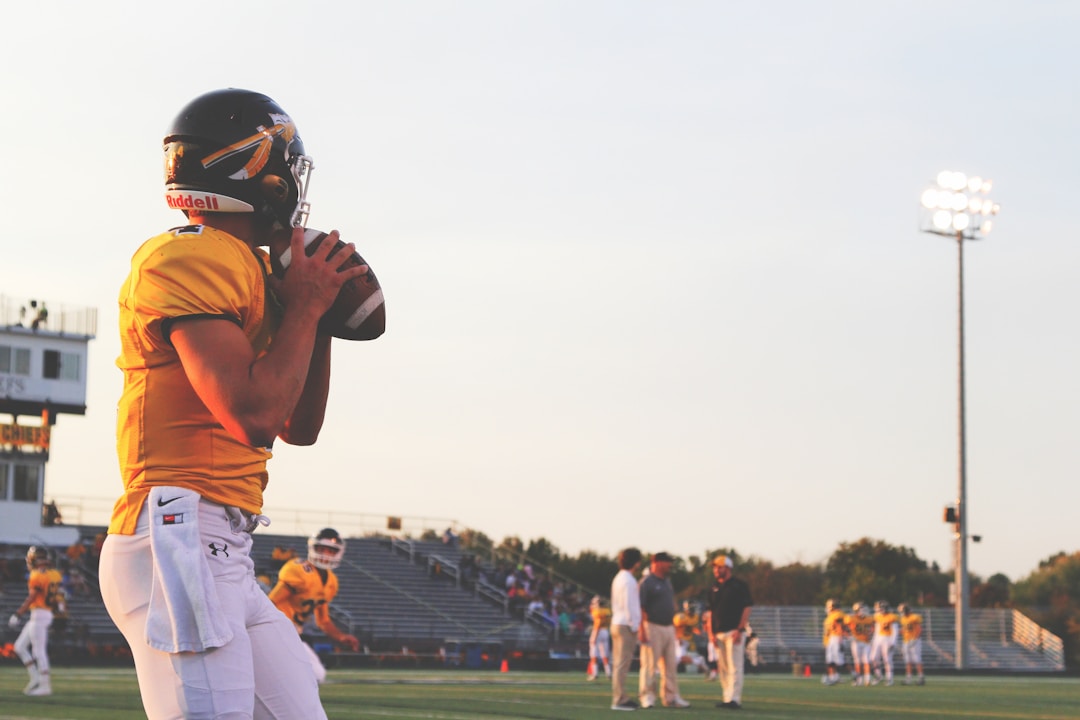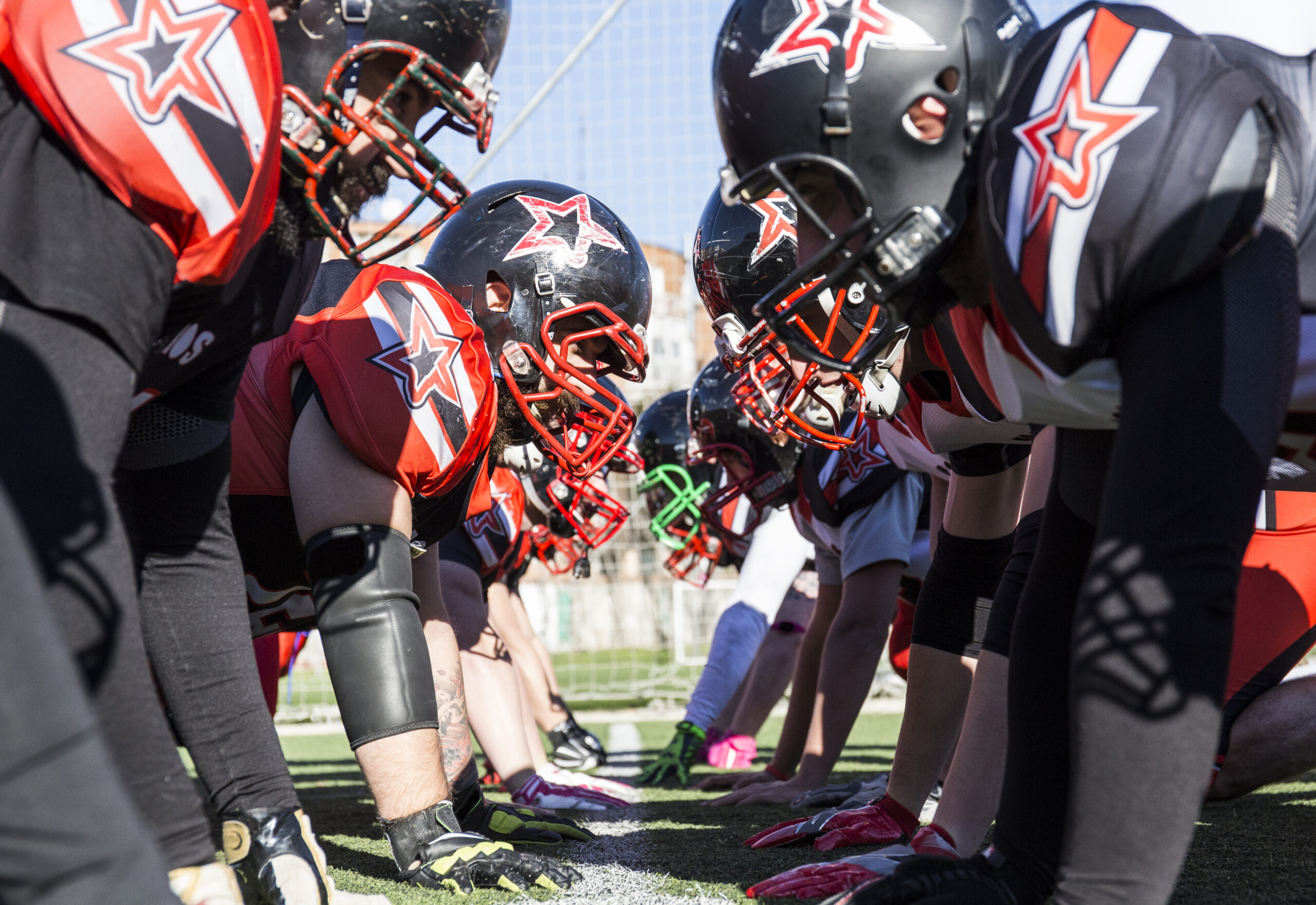High school football isn’t just a game; it’s a journey of character-building, discipline, teamwork, and leadership. Across the nation, Friday nights come alive with the roaring of crowds, the dazzling display of lights, and the unyielding spirit of budding athletes. But behind this spectacle lies meticulous planning, countless hours of training, and an unwavering commitment to excellence. If you’re tasked with the responsibility of running a high school football program or if you’re just curious about how it all comes together, this guide is for you.
Laying the Foundation: Infrastructure and Equipment
Before the players hit the field, you must ensure that the infrastructure is in place. This includes a well-maintained football field, training facilities, equipment, and amenities. While sourcing football equipment, pay heed to safety standards. Helmets, shoulder pads, and other protective gear should be top-notch, ensuring maximum safety. With the increasing awareness of health standards, understanding how to disinfect football gear has also become paramount. Regular disinfection prevents the spread of infections and ensures that the players are in the best health to give their maximum on the field.
Scouting and Team Selection

A successful football program isn’t solely about finding the strongest players; it’s about finding the right players. Look for athletes who demonstrate potential, a willingness to learn, and a team spirit. Running tryouts effectively requires creating a balanced and challenging series of drills that assess both skills and teamwork. While athleticism is crucial, a player’s attitude and dedication can make all the difference when it comes to crunch time.
Implementing Training Routines
Once you’ve selected your team, the real work begins. A robust training program that adheres to health standards is crucial to building the skills, strength, and endurance players need. Split training into:
- Skill Training: This focuses on the technical aspects of the game. It includes passing, shooting, tackling, and strategizing.
- Fitness Training: A player’s fitness level can be the difference between a good and a great performance. Incorporate strength training, cardio workouts, and flexibility exercises.
- Mental Conditioning: Football isn’t just a physical game. Players need to be mentally tough, able to focus under pressure, and resilient in the face of challenges. Consider bringing in a sports psychologist or implementing mindfulness exercises.
Developing Game Strategies
Strategizing is essential in football. Each game will pose a new challenge, depending on the opposing team’s strengths and weaknesses. Watch tapes of previous games, study the opponent’s patterns, and adapt your strategies. Encourage your players to be versatile and adapt to different game plans.
Promoting Team Spirit and Unity
At its core, football is a team sport. Fostering a sense of unity and camaraderie among players is essential. Organize team-building activities, ensure open communication, and address conflicts head-on. Celebrate team achievements, both big and small, and instill a sense of pride in the program.
Engaging With The Community
A football program doesn’t exist in isolation; it’s a vital part of the larger school and local community. Hosting community events, fundraisers, and pep rallies not only garners support but also creates a sense of belonging. Engaging the community helps build a loyal fan base that will cheer the team on, rain or shine.
Keeping Up with Academic Standards
While the gridiron glory is alluring, it’s essential to remember that these players are students first. Ensure they’re keeping up with their academic responsibilities. Consider implementing mandatory study halls or tutoring sessions for players. Balancing academics with sports teaches time management, discipline, and responsibility—skills that will benefit them long after their high school football days are over.
Embracing Continuous Improvement
The best football programs are never static; they’re always looking to improve. Regularly review and update your training methods, strategies, and infrastructure. Encourage feedback from players, coaches, and other stakeholders. Always be on the lookout for innovative methods and techniques that can give your team the edge.
Understanding and Addressing Injuries
In any contact sport, the potential for injury is ever-present. As a program head, it’s not just about responding to injuries when they occur but preventing them where possible. Prevention begins with proper technique. Coaches must emphasize the correct form in everything from tackling to sprinting to ensure player safety. This also involves continuously updating the coaching staff with workshops and courses on the latest safety protocols.
Moreover, working with athletic trainers and physical therapists can help both in injury prevention and in formulating recovery programs for injured players. They can provide players with tailored exercises to strengthen vulnerable areas, like the knees or ankles, and advise on the best recovery methods post-injury.
Furthermore, it’s essential to cultivate an environment where players feel comfortable speaking up about their injuries. A “play through the pain” mentality can be detrimental, leading to more severe injuries that could have otherwise been avoided or mitigated.
The Importance of Nutrition and Hydration
One aspect that often goes unnoticed in high school football programs is the dietary habits of the players. Proper nutrition fuels players, ensuring they have the energy and stamina needed to perform at their peak. Collaborate with a sports nutritionist to educate players about the importance of a balanced diet. They can offer insights into pre-game meals, recovery nutrition, and the role of hydration in optimizing performance.
Dehydration can severely impede a player’s ability to play and can lead to cramps, fatigue, and more severe heat-related illnesses. Regular water breaks, especially during intensive training sessions and hot weather, are non-negotiable. Equip your facility with adequate hydration stations and emphasize the significance of electrolyte balance, especially post-workouts.
The Role of Video Analysis
In today’s digital age, technology offers tools that previous generations could only dream of. Video analysis software allows coaches and players to review gameplay, identify strengths and weaknesses, and understand game dynamics in real time. By dissecting each play frame-by-frame, players can gain insights into their positioning, decision-making, and technique.
Introduce regular video analysis sessions into your training routine. These sessions not only help players visualize their roles but also foster a more strategic understanding of the game. Encourage players to participate actively, asking questions, and suggesting potential strategies based on what they observe.
Staying Updated with Rules and Regulations

High school football rules can vary from state to state and are often updated to ensure player safety and game fairness. It’s crucial for coaches and program heads to stay abreast of these changes. Attend workshops, seminars, or conferences organized by your state’s high school athletic association. Not only does this ensure compliance, but it also allows coaches to adjust their strategies and training methods in line with the latest rules and sports equipment.
Building for the Future
Remember, high school football is a stepping stone for many players. Some might go on to play in college, others might venture into coaching, and many will carry the lessons they’ve learned into other aspects of their lives. Offer guidance on potential career paths in sports, and provide resources for those looking to pursue football beyond high school.
Conclusion: Crafting a Legacy Beyond the Four Quarters
Running a successful high school football program goes beyond wins and losses on the field. It’s about shaping young athletes, teaching them the values of hard work, discipline, and teamwork, and leaving a lasting impact on their lives. By focusing on holistic development—from the right infrastructure and training to community engagement and academic balance—you’re not just building a football team; you’re crafting a legacy. And when the lights dim and the crowds disperse, it’s this legacy that will echo through the halls of time.

